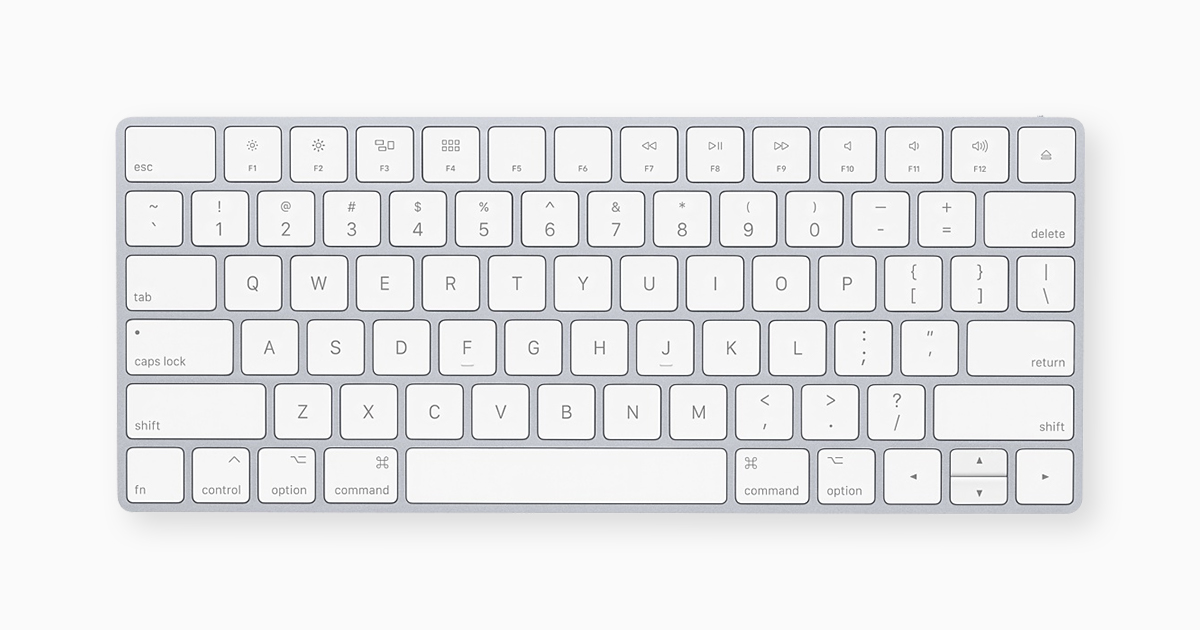

Even today, the Ctrl+Alt+Del key combination will still reboot an IBM PC when it is started into the BIOS. The Ctrl+Alt+Del key combination is built into every IBM PC clone computer's BIOS ( Basic Input/Output System). That way, you could not accidentally reboot your computer. The keys were selected for their location on the keyboard so that it required both hands to press all three keys at the same time. The history of Ctrl+Alt+Del, or the " three-finger salute" as it is more commonly known, was created by an engineer at IBM working on the original IBM PC project in the '80s as a way to execute a soft reboot. But when it comes to personal computers, the single, most powerful combination of keys has to be Ctrl+Alt+Del ( Control-Alt-Delete).
#CTRL ALT DELETE KEYBOARD WINDOWS#
I've used CTRL+ Suoer+ ESC since CTRL+ ALT+ ESC is taken for switching the system controls directly (which toggles the menu toolbar in Brave, but in the terminal it doesn't seem to do anything).įor gnome-system-monitor, I've chosen to bind it to CTRL+ ALT+ DEL, after changing the default/built-in log out shortcut from CTRL+ ALT+ DEL to CTRL+ ALT+ L.In the decades I have been using computers, one combination of keys on the keyboard has been the ' holy grail', the genuinely fool-proof way of regaining control of an unresponsive program or computer, Ctrl+Alt+Del.Īs most of you know, I am a big fan of keyboard shortcuts, especially Windows Logo key shortcuts. You can open this window by searching for keyboard shortcuts in activities. So if you want to bind opening the system monitor, either change the shortcut binding for log out to something else, or use another shortcut. CTRL+ ALT+ DEL will bring you back to the default screen after 60 s, at least if the system hasn't hung, and will pop up a window prompting to cancel or confirm log out. As per this answer, after setting CTRL+ ALT+ Backspace to gsettings get -sources xkb-options, with the Brave browser open it just pulls down or up the menu toolbar, while with other applications it does nothing. On Ubuntu 17.10 with GNOME, ALT+ F4 is the default to close a window. Wait a second between each press, because each letter is a different kernel action leading to a "graceful" reset. This one is a bit hard to remember, but it involves pressing and holding Alt+ SysRq (system request, often same key as PrtScr print screen) and then while holding those two keys press one at a time in order R, E, I, S, U, B (a mnemonic is Reboot Even If System Utterly Broken, but may also be easily remembered as "BUSIER" backwards). not pressing and holding the power button). If even that doesn't work, the last thing you can do is ensuring a sane shutdown (i.e. If you have done that and your system later hangs, you can press Ctrl+ Alt+ Backspace, which will effectively bring you back to the login screen. One of the options is Key sequence to kill the X server, you can click that run gsettings get -sources xkb-options for recent versions of Ubuntu (according to this answer).

The first has to be enabled in advance when your system doesn't hang yet (you could do it right now): open Keyboard Layout settings (I believe this is merged into Keyboard in Ubuntu 12.04), then click Options. If that happens, there are two things you can do.


This is traditionally bound to Ctrl+ Alt+ Esc (not sure if by default) and allows you to click on a misbehaving window to close it.īoth of these might not work if your entire system hangs. You can set up keyboard shortcuts in the Keyboard settings (Shortcuts tab), so you can bind Ctrl+ Alt+ Del to gnome-system-monitor, the command to start System Monitor.Īnother command you might be interested in is xkill. System Monitor shows you an overview of running applications (under the Processes tab) and allows you to end them by right-clicking on the name and selecting the respective context menu item.


 0 kommentar(er)
0 kommentar(er)
